University of Queensland – Global Change Institute
HASSELL designed the University of Queensland’s Global Change Institute located in Brisbane, Australia.
The Global Change Institute (GCI) at The University of Queensland (UQ), Australia has unapologetically big ambitions. It wants to be a global leader in addressing the challenges of a changing world.
The university’s bold goals required a “remarkable hub”. HASSELL collaborated with UQ to design a net zero-energy and carbon neutral ‘living building’ that acts as a live research site and showcases the university as an exemplar for ecological transformation.
By operating entirely on the renewable solar energy captured on site, GCI demonstrates the university’s excellence in advancing new technologies for sustainability and areas of global change.
The ground-breaking sustainability initiatives of the GCI building exceed industry measures. The GCI design team pioneered the first Australian use of structural geopolymer concrete, a low-carbon product produced with relatively low greenhouse gas emissions.
The naturally ventilated building can operate with no mechanical heating or cooling for over 80 per cent of the year. Innovative natural cooling measures include flushing chilled water through the exposed Geopolymer concrete floor panels. On the hottest days, a closed mode is activated, which pre-cools air through a labyrinth before an innovative “free-energy” comfort conditioning system cools and dehumidifies the air.
The building also features an operable sun shading system, which directs air across occupied spaces to the central atrium –the building’s lungs – discharging warm air through its thermal chimney.
The translucent ETFE atrium roof insulates from the sun’s heat while allowing natural light into the interior. Optimal natural lighting is supported by environmentally-friendly LED lighting.
Our design ensures that GCI’s ongoing operational costs are extremely low. The building has no mains grid power-use bills, and rainwater storage of 60,000 litres is harvested and stored for amenities, kitchens and the hydronic cooling and heating system, as well as irrigating a bush tucker garden.
As a research tool, the building’s conditions – like airflow from the hydronic cooling system – can be modified and data collected to offer valuable insights into low-energy buildings for the sub-tropics. Lessons gleaned from the GCI can be applied to other buildings, advancing the knowledge and technological base of sustainable construction.
The building is a ‘hub and spokes’ model, with a large central atrium at the centre leading to flexible teaching and learning spaces.
Researchers can engage with the broader community, including government, business, industry and education in these spaces to advance research on climate change issues. Researchers are able to work more efficiently, flexibly and adaptively thanks to wireless technologies and paper-free operation.
Ultimately, with the GCI, the University of Queensland has evidence that smart design can shift thinking about buildings as consumers of the world’s resources to those that contribute to the restoration and regeneration of the environment.
Architect: HASSELL
Design Team: Mark Roehrs, BP Loh, Michael Copeland, Nguyen Luu, Mac Young, Matias Chadwick, Troy King, Catherine van Der Heide, Allison Hortz, George Taran, Georgia Bedford, Jacinta Siebert, Matthew Larme Hetherington
Photography: Peter Bennetts

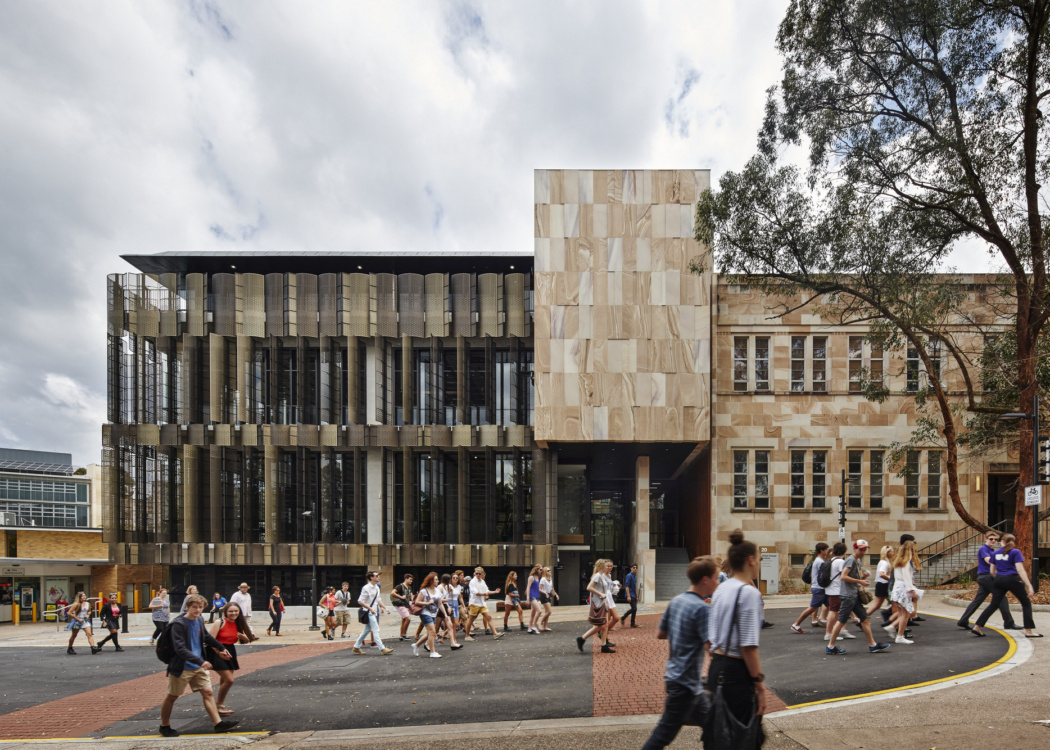

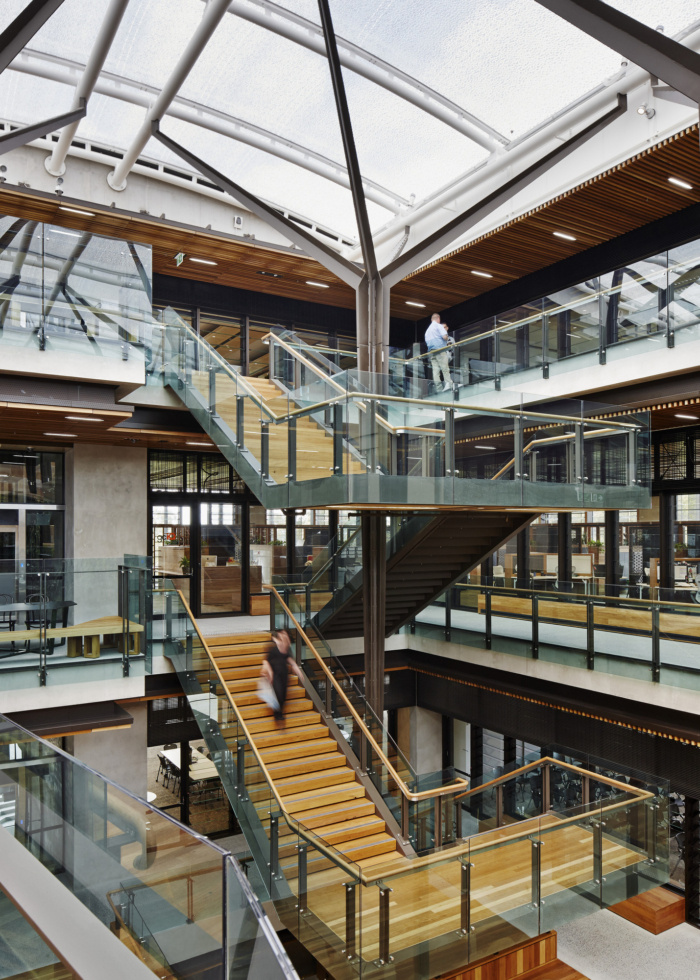
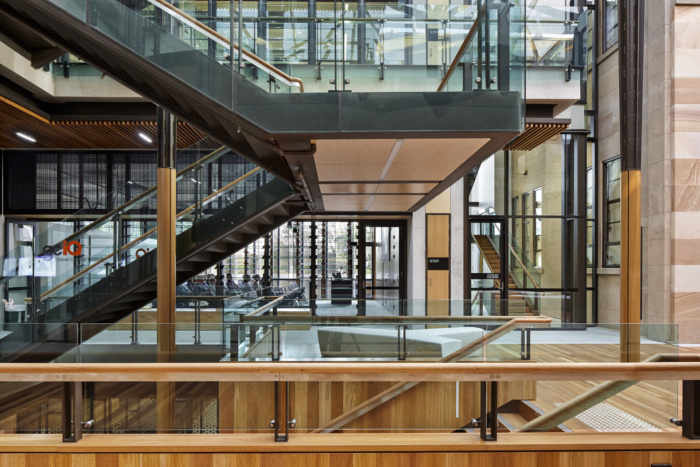
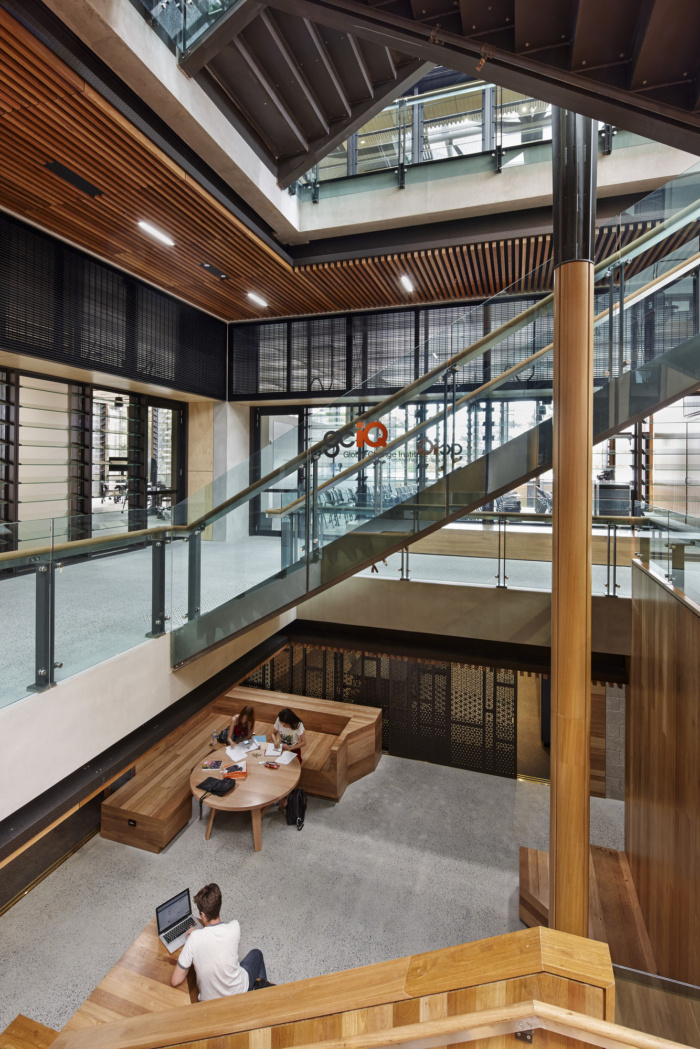
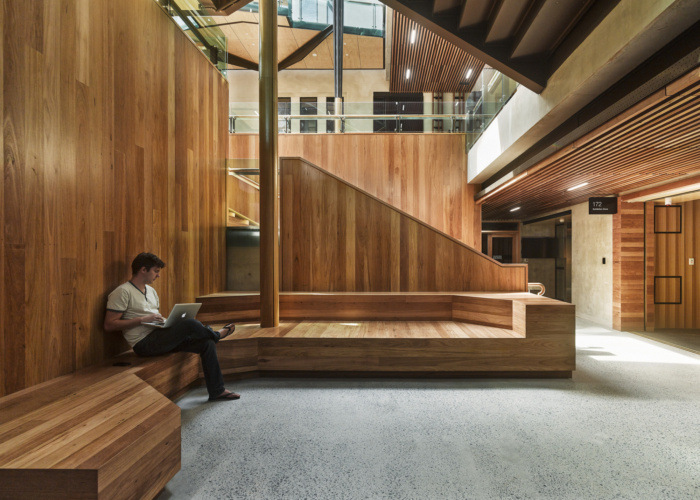
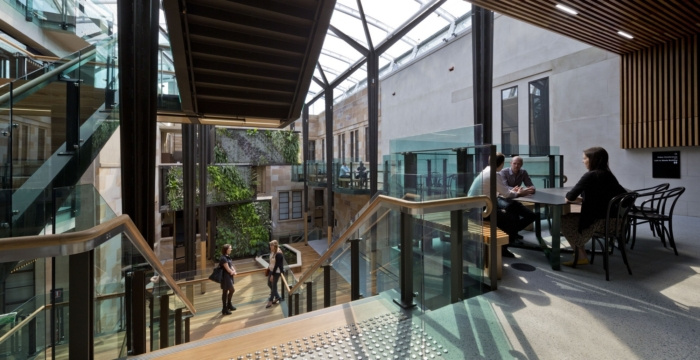
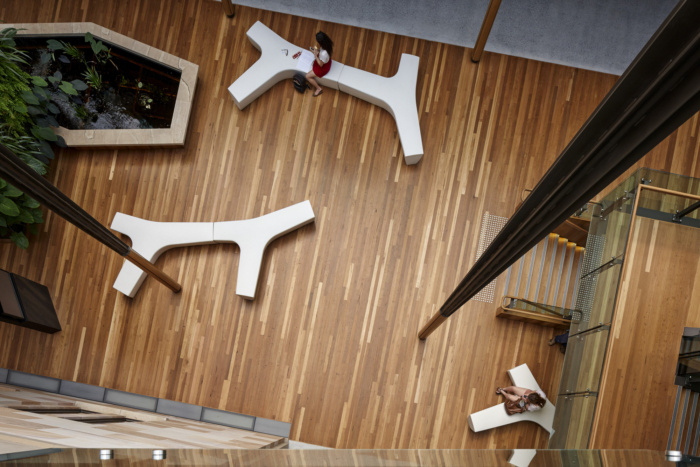
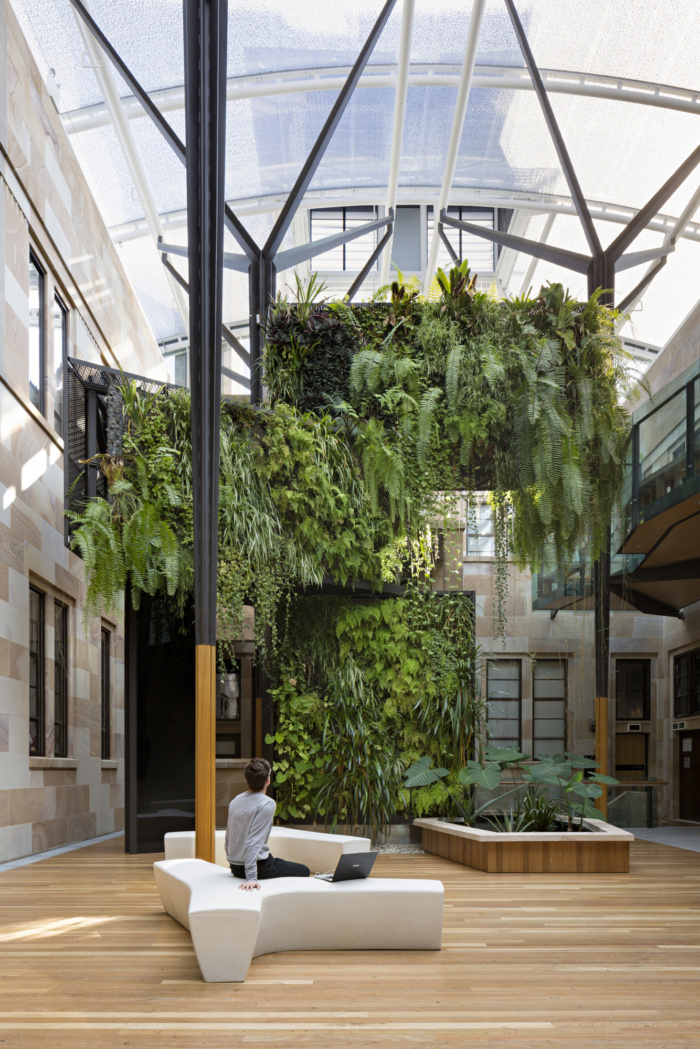
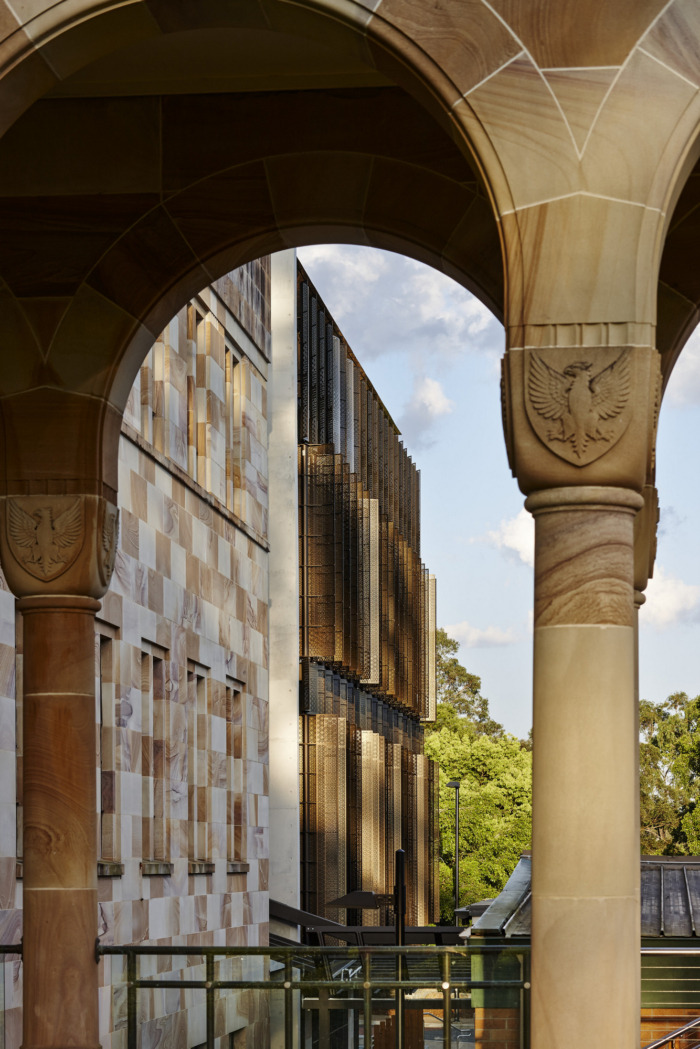





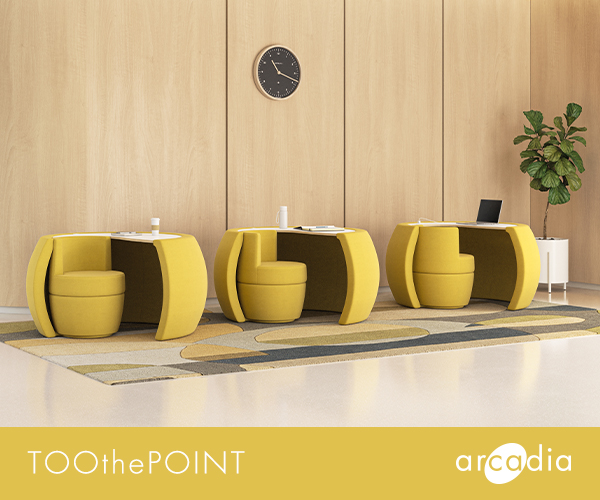





Now editing content for LinkedIn.